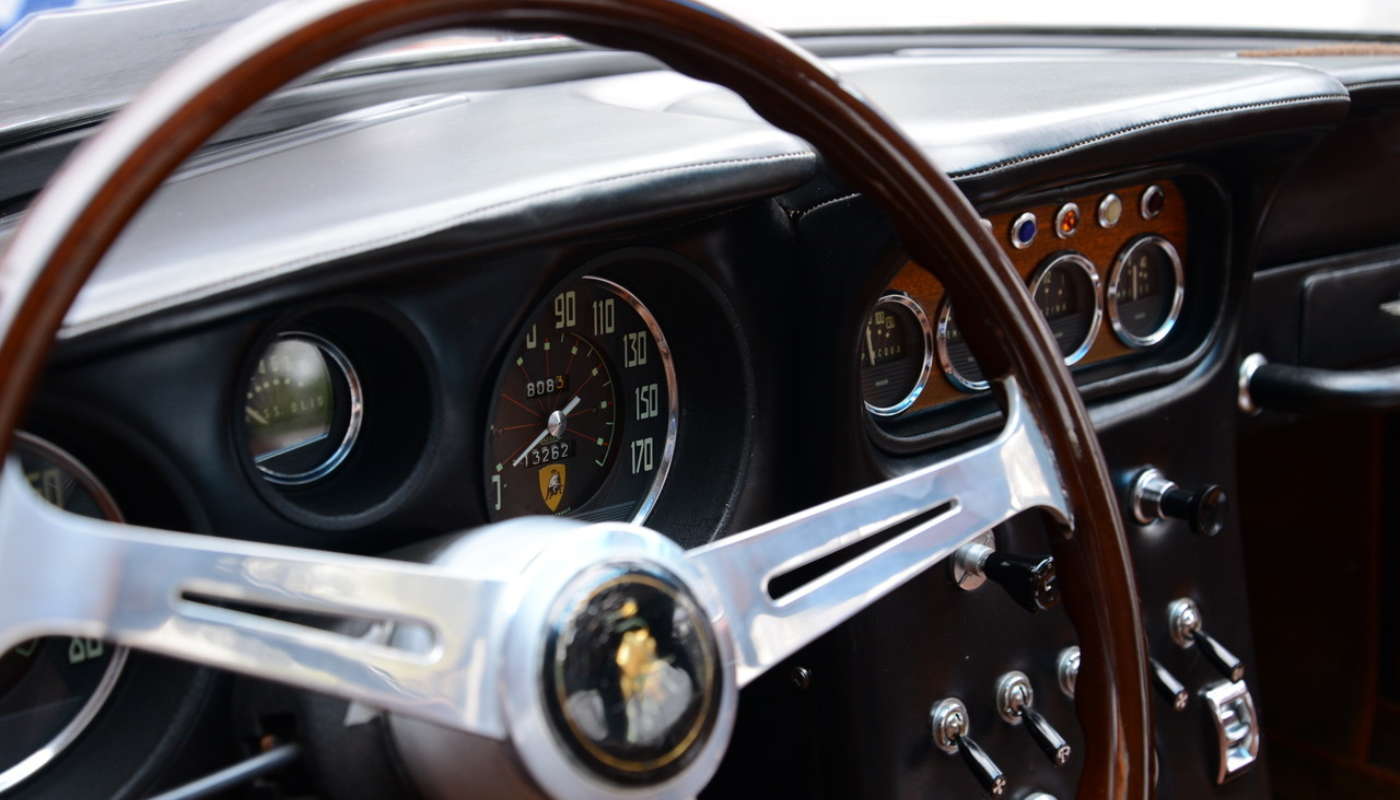
The Driver as a Passenger?
By Steve Temple
Photo by Dean Larson
"Autonomous” cars have been more in the news lately, although the idea of self-driving cars has been around for many decades as a way to reduce accidents and congestion. For instance, at the 1939 New York World’s Fair, a Futurama exhibit depicted a city with cars remotely controlled by radio. Back in the 1980s, the European Commission sponsored research on automated driving. And in the early 2000s, DARPA, the Pentagon’s research agency, offered prizes to driverless cars that did best at navigating a tricky off-road course. More recently, Google announced in 2010 that it was developing self-driving cars, in concert with the company’s work on mapping and software. Today, a self-driving car has recently been tested on the streets of Boston, with more areas on the way.
Not everyone has embraced this new technology, citing problems such as high costs and the challenges of the “hand off” — transferring control of the car to a human in an emergency at a moment’s notice. In general, I have no objection to making our roads a safer place, especially if it helps to keep drunks from getting behind the wheel, while also bringing mobility to people who cannot drive, automating deliveries, and minimizing rush-hour traffic snags.
On the other hand, the concept of driverless cars is totally opposite from the spirit of the cars we cover in ReinCarNation. The whole point of building a replica is to satisfy a personal passion for driving. Can you imagine handing over the controls of a Cobra to a computer? What’s the fun in that? Stomping the throttle on a big-block V8, banging a four-speed Top-loader and cranking a wood-rim steering wheel into a four-wheel drift hits you where you live. Try getting that same thrill from swiping your fingertips across an iPad.
Not only that, many of the autonomous car designs we’ve seen have all the personality of a household appliance. Some of these robotic conveyances don’t have one iota of charisma and panache. As rolling oddities, they couldn’t pass the “reunion test,” an expression I coined about cool cars that I’d want my old school chums to see me driving. Who wouldn’t rather pull up to their high-school reunion in a classic Bentley, a hot-looking Italian exotic or Hemi-powered street rod?
Giving up driving duties to an automaton has other drawbacks. This issue of ReinCarNation highlights getting ready for the racing season. Can you imagine a competition event between autonomous cars? Talk about being politically correct. They’d be so busy staying equidistant from each other that “trading paint” would never be a concern, let alone how to “out-deep” a car in a curve. Sure, they’d follow the racing line — but always in an orderly, even, nose-to-tail row!
In contrast, a great race driver is both hunter and prey, constantly adjusting to the demands of competition, sensing when to attack and when to hold back. Passing a ferocious competitor requires timing, skill, and most of all, verve.
Some might consider old-school car enthusiasts as technological throwbacks. That’s not totally true, as many replicas have incorporated electronic fuel injection, drive-by-wire, modern brake systems, and so forth. But they don’t throw the baby out with the bathwater, as classic replicas provide pulse-pounding exhilaration. Which is why they’ll always be in demand — even when most other drivers on the road are merely passengers.

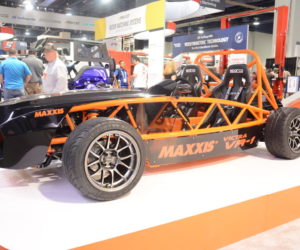
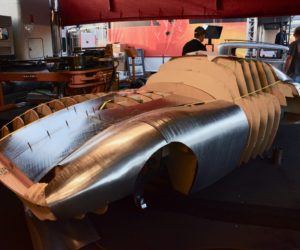
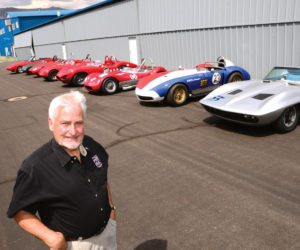
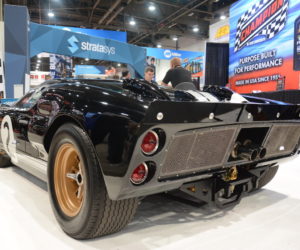
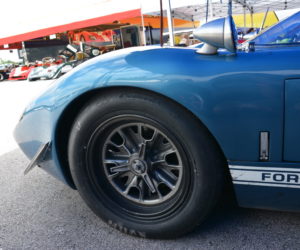
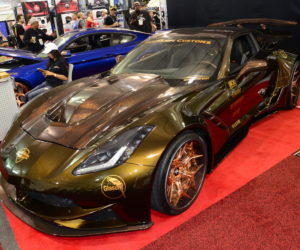




Comments for: The Driver as a Passenger?
comments powered by Disqus